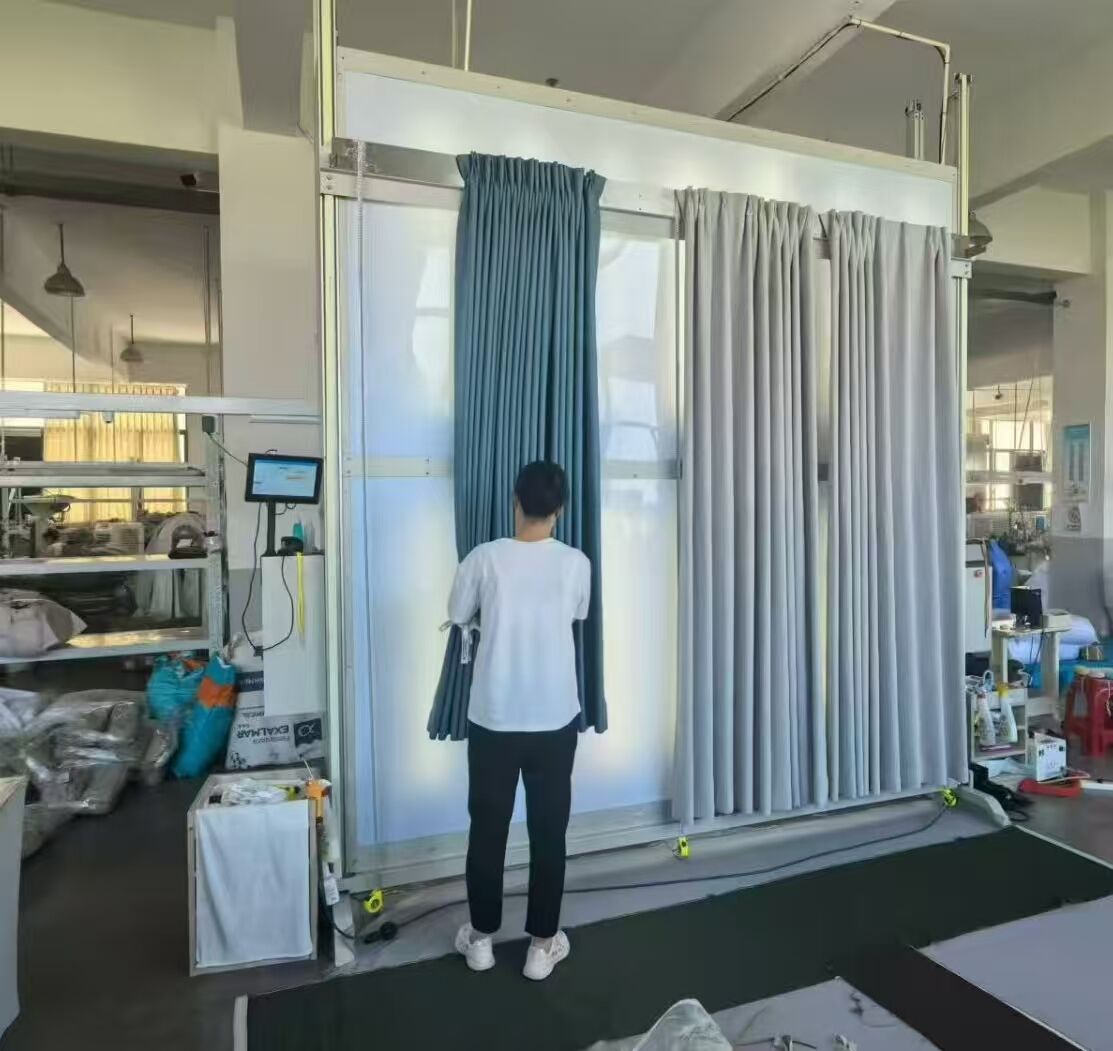Transform Your Space with Strategic Wall Coverings
The art of making compact spaces appear larger has intrigued interior designers and homeowners alike for generations. Among the many techniques available, wall cloth patterns have emerged as a powerful tool for creating the illusion of spaciousness. These versatile wall coverings can dramatically transform the perception of room dimensions through careful pattern selection and strategic placement.
Modern wall cloth patterns offer an extensive range of designs that can effectively trick the eye into seeing more space than actually exists. From subtle textures to bold geometric prints, the right pattern choice can lift ceilings, widen walls, and create depth where there seemingly is none. Understanding how these patterns work with your space is crucial for achieving the desired enlarging effect.
Understanding Pattern Psychology in Interior Design
The Science Behind Visual Perception
Our brains process visual information in predictable ways, and wall cloth patterns can tap into these natural tendencies. Vertical patterns draw the eye upward, making ceilings appear higher, while horizontal patterns can make walls recede, creating the impression of width. The scale of wall cloth patterns also plays a crucial role - smaller patterns tend to make spaces feel more expansive, while larger patterns can overwhelm smaller rooms if not used judiciously.
Color psychology works hand in hand with pattern selection. Lighter shades in wall cloth patterns naturally create more depth, while cooler tones tend to make walls appear to recede. This combination of pattern direction and color choice becomes a powerful tool in spatial manipulation.
Pattern Scale and Proportion
The size of wall cloth patterns relative to room dimensions can make or break the illusion of space. In general, smaller patterns work better in compact areas because they create less visual interruption. However, this doesn't mean large patterns are entirely off-limits - when used strategically on feature walls or in well-lit areas, they can create stunning focal points that add depth to the room.
The key lies in maintaining proper proportion between pattern size and room dimensions. A good rule of thumb is to select wall cloth patterns that are scaled to approximately one-third the size of the wall they'll cover when working with repetitive designs.
Most Effective Wall Cloth Patterns for Space Enhancement
Vertical Striped Patterns
Vertical stripes in wall cloth patterns are perhaps the most effective at creating the illusion of height. These patterns draw the eye upward, making ceilings appear higher and rooms feel more spacious. Thin, closely spaced stripes tend to be most effective, while maintaining a subtle color contrast prevents the pattern from becoming overwhelming.
When implementing vertical striped wall cloth patterns, consider using them on shorter walls or in rooms with low ceilings. The vertical movement creates a natural flow that can make even the most compact spaces feel more open and airy.
Geometric and Diamond Patterns
Geometric wall cloth patterns, particularly those featuring diamond shapes or chevrons, can create fascinating optical illusions that enhance spatial perception. These patterns work by creating visual movement and depth, especially when rendered in monochromatic or tone-on-tone color schemes.
The key to success with geometric wall cloth patterns lies in selecting the right scale and maintaining consistency in the pattern's direction. Small to medium-sized geometrics tend to work best in compact spaces, while larger patterns can be effective when used sparingly as accent features.
Strategic Pattern Placement Techniques
Feature Wall Applications
Creating a feature wall with carefully chosen wall cloth patterns can dramatically impact spatial perception. The best approach is to select the largest or most prominent wall in the room, typically the one you see first upon entering. This wall becomes a focal point that draws attention while other walls, decorated in complementary solid colors, create depth.
When selecting patterns for feature walls, consider designs that incorporate subtle metallic elements or slight sheen. These reflective qualities help bounce light around the room, further enhancing the sense of space.
Multi-Wall Pattern Coordination
When using wall cloth patterns across multiple walls, coordination becomes crucial. The key is to create a harmonious flow while avoiding visual chaos. Consider using varying scales of the same pattern or complementary patterns that share a common color palette.
For optimal results, combine different wall cloth patterns with solid-colored walls to create breathing space. This approach prevents the room from feeling cluttered while maintaining the space-enhancing benefits of strategic pattern placement.
Frequently Asked Questions
Can dark wall cloth patterns ever make a room look bigger?
While lighter patterns are typically recommended, dark wall cloth patterns can create depth when used strategically. The key is to limit dark patterns to one feature wall and ensure adequate lighting. Dark patterns with metallic or reflective elements can be particularly effective in creating the illusion of space.
How do I choose the right pattern scale for my room size?
Consider the room's dimensions and select wall cloth patterns that are proportionate to the space. As a general guide, smaller rooms work best with patterns that are no larger than 6-8 inches in repeat, while larger rooms can accommodate bigger patterns. Always test samples in the actual space before making a final decision.
Should I match wall cloth patterns to my furniture?
Rather than exactly matching furniture to wall cloth patterns, aim for complementary coordination. Choose patterns that share common colors with your furniture while varying in scale. This creates visual interest without overwhelming the space. Remember that solid-colored furniture often works best against patterned walls, allowing the wall design to take center stage in space enhancement.

